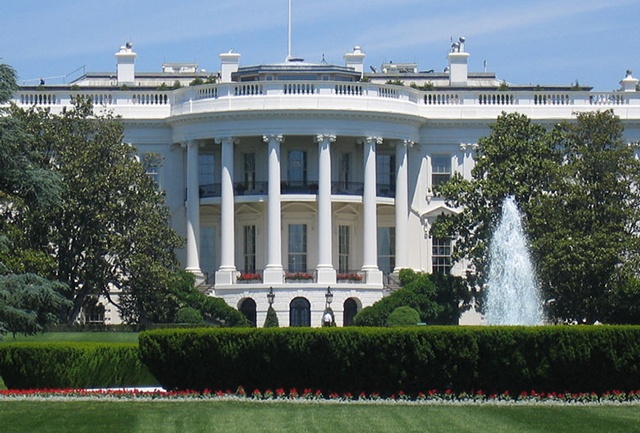Conference Recap
On Wednesday, September 28th, the White House held their Conference on Hunger, Nutrition, and Health focused on how America can end hunger and reduce diet-related diseases by 2030. Ahead of the conference, they released a national strategy to achieve this goal after spending several months seeking input from a diverse group of stakeholders, including those who are affected by hunger.
The event was organized around the five pillars outlined in the national strategy, which are: Improve Food Access and Affordability, Integrate Nutrition and Health, Empower All Consumers to Make and Have Access to Healthy Choices, Support Physical Activity for All, and Enhance Nutrition and Food Security Research. The day kicked off with remarks from President Biden and was followed by several panels featuring speakers working in this area as well as others with lived experience with hunger and food insecurity.
Many speakers mentioned the connection between food insecurity and families struggling with high household costs and access to resources, like child care. While we were pleased the conference touched on many systemic issues that need be improved, such as major differences among food programs and lack of inter-agency collaboration, we were disappointed child care wasn’t specifically highlighted as a critical place where children receive meals in the same way as K-12 education was, with many vocal advocates at the event calling for free school meals. Child care programs have a considerable influence on the nutrition and health of young children and in many cases, children receive most of their daily meals and snacks in child care settings through the federal Child Care and Adult Food Program (CACFP). It’s concerning that child care was not elevated in the national strategy as data from the U.S. Department of Agriculture shows the pandemic caused CACFP enrollment to decrease significantly nationwide. This drop in participation during the pandemic comes after years of declining family child care enrollment prior to 2020.
CCAoA’s Comments to the Administration
Ahead of the conference, CCAoA submitted comments focused on strengthening CACFP and addressing barriers that prevent widespread participation in the program. Administrative burdens and inadequate reimbursement rates prevent many programs from enrolling and eligible children from participating in CACFP. We also amplified the role that Child Care Resource & Referral (CCR&R) agencies play as community partners in this work and strengthening other federal food programs to eliminate food insecurity among child care providers themselves.
CCR&Rs are invaluable community-level partners in this work. They are equipped to help increase CACFP participation among child care providers and already do in many states. They provide technical assistance to help with paperwork and enroll programs in CACFP. CCR&Rs partner with CACFP-sponsor organizations to make connections between providers and nutrition coaches, who share strategies to promote healthy food financing initiatives.
In addition to improvements to CACFP, our comments encourage the White House to strengthen and expand other federal nutrition programs, such as the Supplemental Nutrition Assistance Program (SNAP) and the Special Supplemental Nutrition Program for Women, Infants, and Children (WIC), to improve the food and economic security of participants. Many child care providers, who are primarily women and often women of color, are at risk for hunger and food insecurity themselves due to the long-standing under-compensation of the child care workforce.
Mapping CACFP Participation
Over the last four years, CCAoA has collaborated with Nemours Children’s Health to create story maps in participating states to help identify underserved communities that would benefit from expanding child care participation in CACFP. These state-specific story maps layer information about child care provider location, participation in CACFP, food access, and family poverty. Each state partner also determines which individual policies and strategies— at all levels of government—would work best to improve CACFP participation. You can explore the CACFP story maps created that assess CACFP participation in different states since the project started in 2019 here. As the White House moves forward with its national strategy on hunger, nutrition, and health, we encourage the use of existing resources, such as these story maps, to inform national policies that will increase CACFP implementation and access.
Looking Ahead
While we are disappointed the conference did not touch on child care in the way that we had hoped, CCAoA will continue to lift these strategies up as the White House carries out the work in the national strategy. It is imperative that child care is represented and that families, child care providers, and CCR&Rs be included as part of the national plan to address hunger, nutrition, and health. More must be done to ensure these critical federal nutrition programs have even greater reach in lifting – and keeping— people out of food insecurity.




